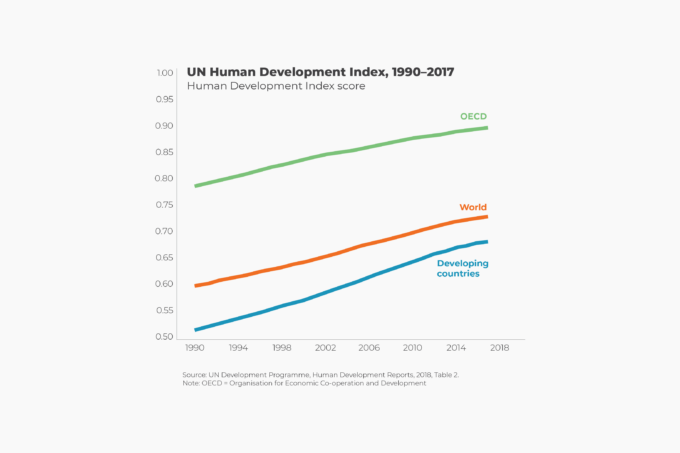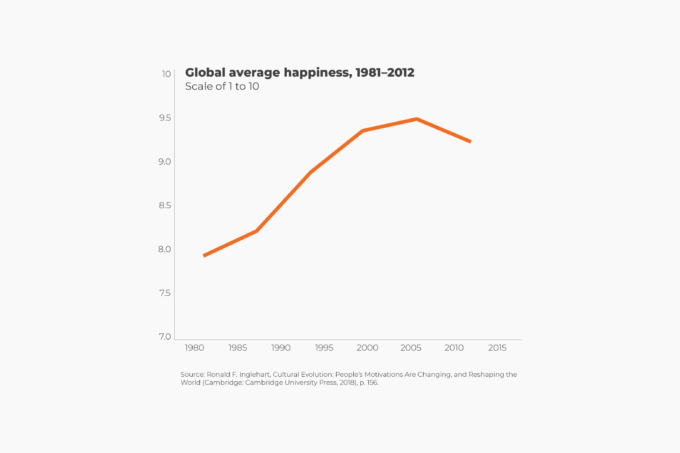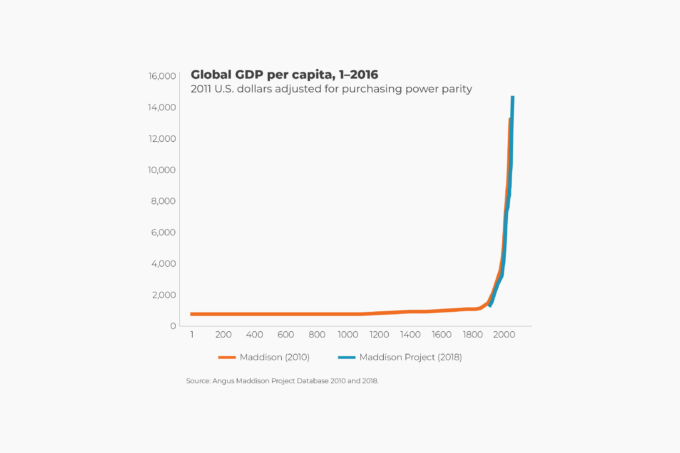Rising incomes across the globe have liberated increasing numbers of children from the obligation to work in fields and factories, which was formerly necessary to support their families. Consequently, school enrollment has been rising worldwide.
The gross school enrollment rate is the ratio of the number of students who live in a country to those who qualify for each particular grade level. Because some students in primary and secondary school will be overage, underage, or grade repeaters, the gross rate can exceed 100 percent. The gross tertiary enrollment rate takes into account the number of young people in the five-year age group following the leaving age for secondary school, which is usually 18. That means that the tertiary figure is commonly well below 100 percent.
According to World Bank figures, the gross primary enrollment rate has increased from 89 percent in 1970 to 104 percent in 2017. A greater percentage of students around the world are also now attending high school. The gross secondary enrollment rate rose from 41 percent in 1970 to 77 percent in 2017. College enrollments are up significantly too. In 1970, the gross enrollment rate was just 10 percent. In 2017, the global rate had increased to 37 percent.
A 2014 World Bank study calculated that another year of schooling raises an individual’s earnings by about 9 percent a year. Schooling thus enhances the virtuous circle in which higher incomes enable parents to afford even more educational opportunities for their children.








